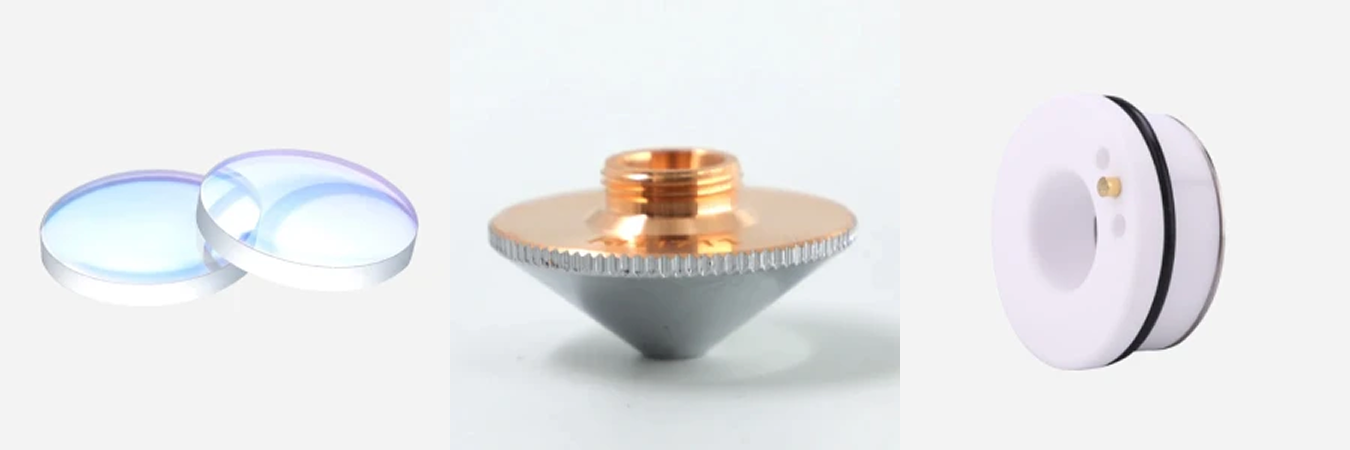Improve Efficiency in Industrial Ventilation Fabrication
Compared with shearing machines, plasma cutting machines and CO2 cutting machines, fiber laser cutting machines are a better choice to improve the efficiency and competitiveness of industrial ventilation manufacturing in the future.

Cici
Feb 12, 2025Cut Smarter, Work Faster—Optimize Ventilation Manufacturing with Fiber Laser!
In industrial ventilation fabrication, precision and efficiency are key factors that can make or break the success of a project. Traditional methods of cutting and shaping materials for ventilation fabrication have often been time-consuming and labor-intensive, leading to inefficiencies and potential errors in the final products. Currently, fiber laser cutting is improving process efficiency in ventilation manufacturing.

The situation of the ventilation fabrication
Currently, ventilation system cutting machines include shearing machines, CO2 laser machines, plasma cutting machines, and fiber laser cutting machines. Businesses of ventilation fabrication constantly seek ways to improve efficiency and increase their profit margin. In this article, we will discuss how fiber laser cutting machine wins over other machines in ventilation fabrication and help manufacturers create more value.
Laser cutting is faster.
In the ventilation industry, the cutting materials are galvanized sheet, stainless steel and aluminum. The cutting thickness often ranges from 0.5mm to 3mm. While Shearing machines, CO2 laser machines, laser cutting machines and plasma cutting machines can meet the requirements, laser cutting offers an obvious speed advantage.

A 3kW fiber laser cutting covers the thickness range and metal types of the common materials in ventilation fabrication and offers a higher speed compared with other machines. Its high-speed cutting capability not only increases ventilation fabrication productivity but also enables manufacturers to meet tight deadlines and respond swiftly to changing market demands.
Laser cutting is more accurate.

Shearing machines have worse cutting accuracy than laser cutters and risk deforming thin plates due to extrusion. CO2 laser machines are less precise than fiber lasers, particularly for materials under 8mm, leading to lower cutting quality and more slag. Plasma machines have low accuracy and cannot cut small holes. Laser cutting machines provide high cutting accuracy without burrs, eliminating the need for secondary processing.
Higher cutting accuracy improves the quality of ventilation manufacturing products and prevents increased costs from later-stage secondary processing, enhancing the competitiveness of ventilation manufacturers.
Laser cutting handles diverse orders.
Shearing machines can only perform straight-line cutting and cannot cut small holes. CO2 lasers cannot cut high-reflective materials like aluminum, which can damage the laser head. Plasma cutters struggle with aluminum as well, resulting in uneven cut surfaces due to aluminum oxide formation.
In contrast, Bodor's fiber laser machines feature a scanning cutting function. Compared to other kinds and brands of machines, scanning cutting machines cut much faster and thicker, and are not affected by beam reflection, making them suitable for highly reflective materials.
For more details about scanning cutting, please click here. This flexibility allows manufacturers to offer high-reflective material cutting solutions to their clients, stay ahead of the competition in a rapidly evolving industry, and improve production efficiency.
Laser cutting costs less.
1.Cutting cost cheaper:
Shearing machines: A shearing machine requires 2-3 works to be on duty during cutting, while one worker can operate multiple laser cutting machines. The labor cost required for a shearing machine is higher labor costs than a fiber laser cutting machine.
The CO2 laser machines: On average, fiber lasers consume about 40% nitrogen per hour than CO2 lasers when cutting stainless steel. However, for a 1 mm plate, the fiber laser can cut 6 times faster than the CO2 laser. Therefore, in the industrial ventilation manufacturing process, the cost of CO2 cutting is higher than that of laser cutting.
Plasma cutting machine: Slower cutting speed and higher power consumption. Larger cutting gap - 3mm, resulting in material waste.
Fiber laser cutting machine: Faster cutting speed. Smaller cutting gap -0.3mm, reducing material waste.
2.Maintenance costs are cheaper.
The shearing machines need to be maintained from the beginning and end of working and need to spend much labor cost.
The CO2 laser machines are difficult to maintain, and the expensive oscillator is easily damaged when the laser beam is reflected back along the beam transmission system. In addition, the maintenance of the CO2 laser cutting head takes 4-5 hours per week, which is very expensive.
Plasma machines need exorbitant spare parts cost. Such as the entire cutting torch (nozzle, swirl ring, electrode, etc.) must be replaced within several hours.
Laser cutting machine only needs less than half an hour of maintenance time per week, and the maintenance cost is low. Daily use requires replacement of wearing parts, protective lens, nozzle, ceramic ring, and the cost of wearing parts is lower than that of plasma.
In the case of long-term use, the comprehensive cost of the laser cutting machine is lower than other machines.

Conclusion
By leveraging the precision, speed, versatility, and automation capabilities of fiber laser cutting machines, ventilation equipment manufacturers can enhance product quality, increase productivity, and stay competitive in a fast-paced industry. As the demand for customized ventilation solutions continues to grow, investing in advanced laser cutting machines is a strategic move that can propel businesses to new heights of success.
Contact our team of experts today to make your industrial ventilation fabrication more efficient and precise. Click the link below to start your journey towards smarter manufacturing!




